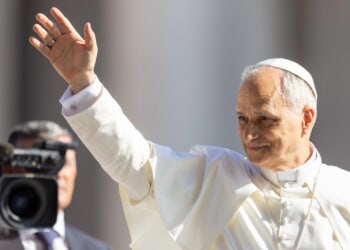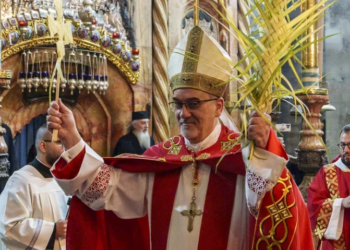CNA Staff, Jul 8, 2025 /
07:00 am
Two Midwest Catholic universities are merging in the hopes of making Catholic education more accessible — a “proactive” step amid decreasing enrollment numbers across the nation.
The small, historic institutions — St. Ambrose University in Davenport and Mount Mercy University in Cedar Rapids — have both had a presence in eastern Iowa for more than a century.
In what St. Ambrose University President Amy Novak called a “defining moment,” St. Ambrose has become the parent organization of Mount Mercy, according to a recent press release.
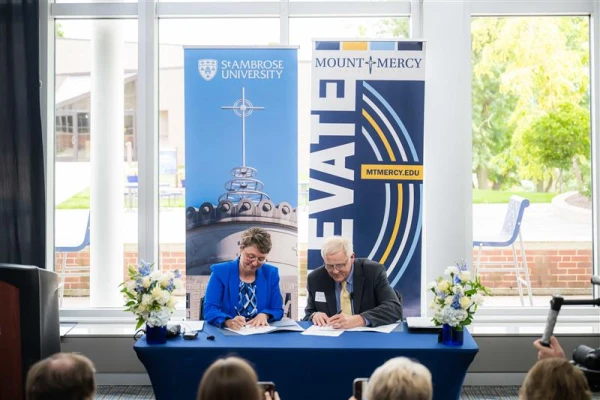
The plan, Mount Mercy media representative Taryn DeBoard explained, is a “proactive” one — not a reaction to financial challenges.
“Both institutions are currently in good financial standing and bring strong offerings to the partnership,” DeBoard told CNA, citing the universities’ “strong endowments, minimal debt, and wonderful community connections.”
Mount Mercy University President Todd Olson said this first step ensures the universities can “begin investing in a future that empowers our students, faculty, staff, and alumni communities across both universities.”
“Together, we are stronger, and together, we will be able to serve our missions in even more transformative ways,” Olson said in a June 27 statement.
“By joining together, we are honoring the founding missions of both institutions while also building something more adaptive, more sustainable, and more student-centered,” Novak added.
The change takes place amid a national trend of decreasing enrollment, which has affected colleges of all sizes across the country — though some Catholic colleges have continued to grow in spite of the trend, as previously reported by CNA.
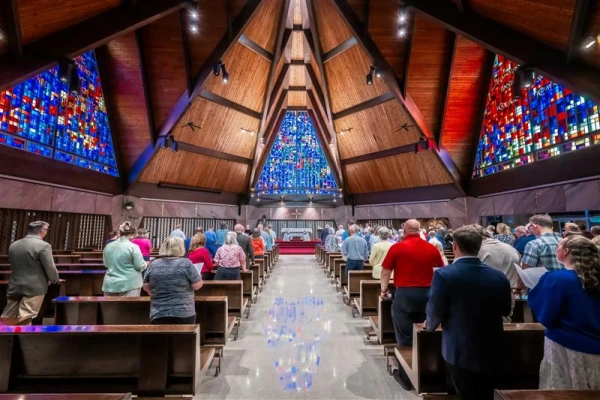
When the two presidents met to discuss challenges facing Catholic higher education in the region, they decided to address them through “collaboration rather than competition,” according to DeBoard.
“It was critical that this combination started from a point of strength and not from a point of desperation,” DeBoard said.
With this recent development, the universities look ahead to becoming fully integrated by mid-2026.
To preserve the character of the original institutions, not everything will be merged. For instance, the two universities will merge library systems but won’t combine sports teams.
A big priority lies in preserving the unique Catholic identities of the two colleges.
(Story continues below)
Subscribe to our daily newsletter
Leaders considered “Catholic roots” to be “extremely important” as the two colleges considered merging, DeBoard said.
“This combination is about specifically preserving Catholic higher education,” DeBoard noted.
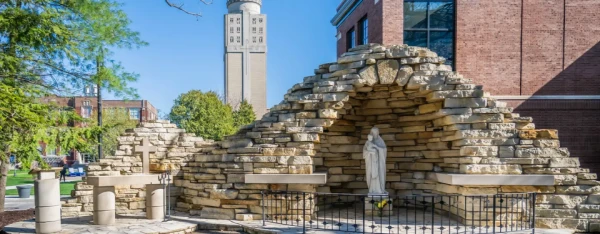
St. Ambrose — named for the Church father St. Ambrose of Milan — is a diocesan university, while Mount Mercy was “founded on the philosophies and teachings of the Sisters of Mercy,” DeBoard explained.
“While we both have different foundations, we have found that we are much more alike than we are different, driven by similar missions, visions, and values,” she said.
Throughout the merger, DeBoard said it is critical that the colleges “keep the foundation and values of each respective school at the forefront.”
Catholic leaders tied to the universities commended the decision, which was first announced in 2024.
The Sisters of Mercy in Cedar Rapids encouraged the colleges “to continue to preserve the nearly 100-year-old legacy of the Sisters of Mercy in Cedar Rapids,” while the archbishop of Dubuque also expressed his support for the “innovative spirit of cooperation.”
DeBoard noted that the “new shared mission” will incorporate “aspects of both the diocesan and Mercy charisms.”
Both the Diocese of Davenport and the Sisters of Mercy will be represented on the board of trustees, DeBoard said.
“Our shared Catholic identity will remain the foundation, but the opportunities to collaborate, innovate, and serve even more students, especially those historically underrepresented in higher education, are what excite me most,” Novak said.
DeBoard said he hopes they will be a “model” for other Catholic colleges.
“We hope other institutions will look at this model and consider exploring similar partnerships as a way to sustain Catholic higher education for many years to come,” DeBoard said.




